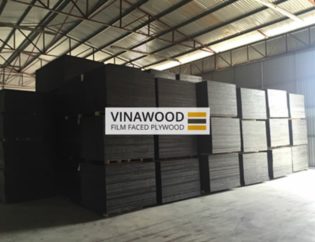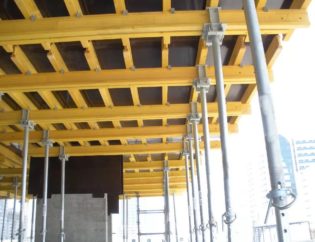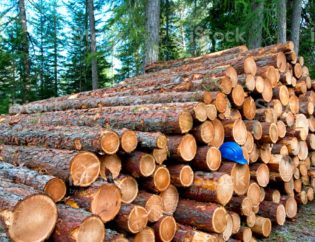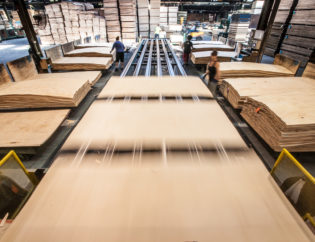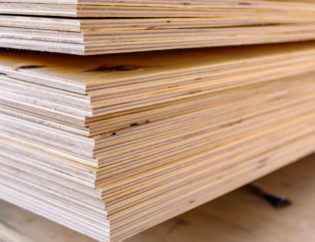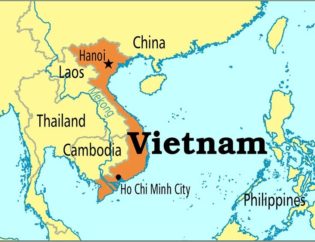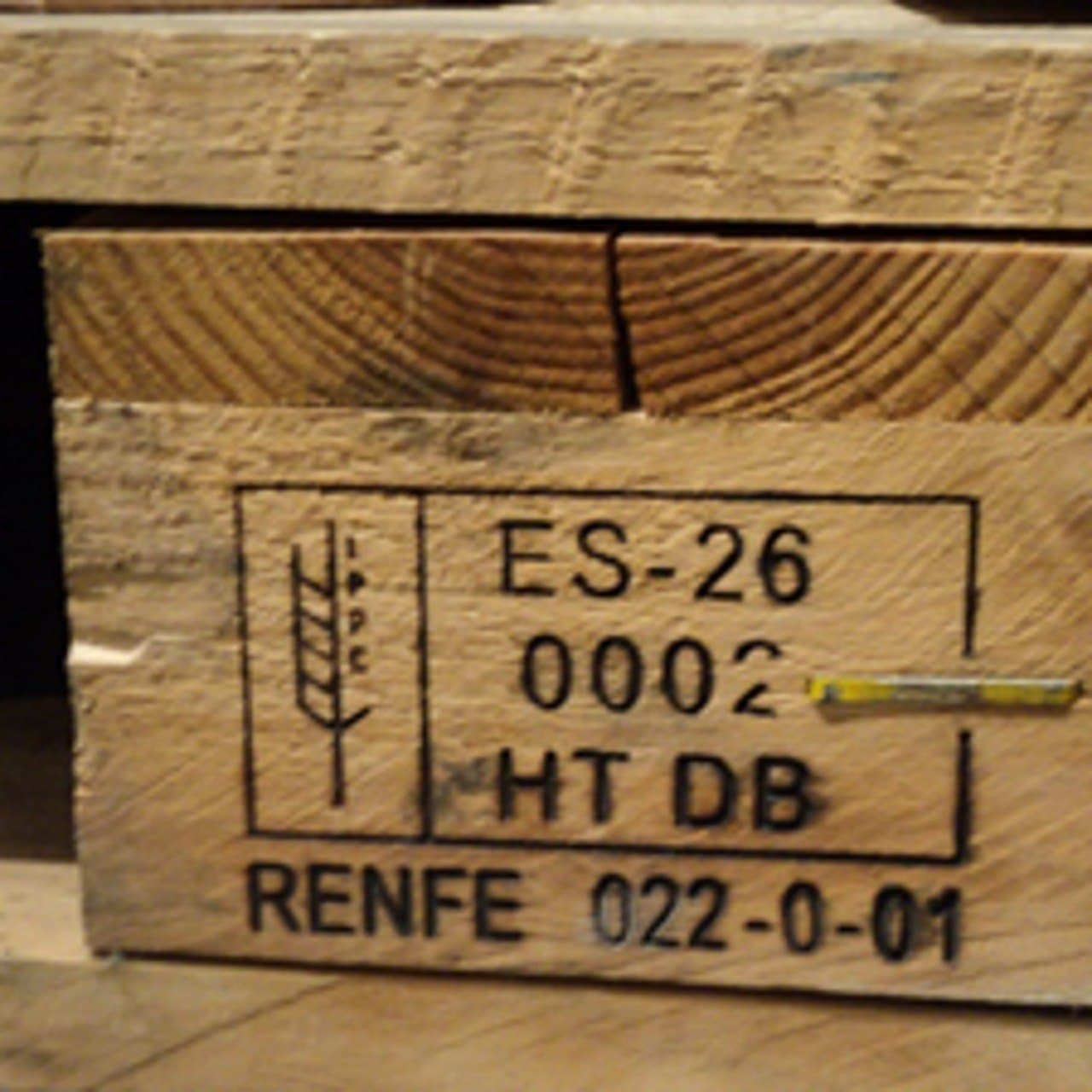
Finally, what the Ministry of Industry and Trade and the wood industry did not expect to happen, is that the US Department of Commerce initiated an investigation to apply anti-tax evasion measures to plywood products of Vietnam. Despite warnings and continuous information to domestic plywood manufacturers, the export volume of plywood to the US market increased suddenly to 0.56 million cubic meter, accounting for 12% of the total imported plywood volume. The US, an increase of 86% in volume compared to 2018. The export value of $ 0.36 billion, accounting for 13% of the total value of plywood imports into the US (up 68% of the value) has made doubts become serious and The US Department of Commerce will conduct an investigation within 300 days.
But the problem is even bigger when the US is not the only country investigating Vietnam’s plywood products, because before that, the Korean Trade Commission (KTC) also officially decided to investigate for plywood products of Vietnam exported to this market. In 2019, Vietnam’s plywood exports to South Korea were over 819.1 thousand cubic meter, accounting for 40% of total exports. Further, in 2015, the Ministry of Economy of Turkey also officially investigated this item of Vietnam. On October 28, 2016 the Ministry made the final decision on the investigation results, accordingly, the tax rate of USD 240/m3 is applied to all companies that do not respond to the investigation agency.

Further, in 2015, the Ministry of Economy of Turkey also officially investigated this item of Vietnam. On October 28, 2016 the Ministry made the final decision on the investigation results, accordingly, the tax rate of USD 240/m3 is applied to all companies that do not respond to the investigation agency.
It shows that the risks in anti-dumping cases related to wood products exported from Vietnam are increasing, especially in the context of Vietnam’s wood industry increasingly integrates deeply with the world market.
The problem is why the ability to control the risks of the plywood industry has become more complicated when it should have been done better because according to incomplete statistics of the General Department of Forestry and Forest Products Association, in 2019 there were about 115 enterprises involved in plywood production with a total output of over 3.07 million m3/year.
Among these enterprises, there are 39 FDI enterprises, with an output of about 868,600 m3/year, and only in the first 6 months of 2020 Vietnam received 35 new investment projects in the wood industry with a capital of 173.37 million USD in which plywood has 2 projects with capital of 14 million USD.
And China is the leading country in terms of new investment projects in plywood products in Vietnam, 29 projects with total investment capital of 150.87 million USD, accounting for 55% of total projects. It should be remembered that the decision to investigate Vietnamese plywood was based on allegations made by the Coalition for Fair Trade in Hardwood Plywood, which determined that certain companies importing plywood from China from China to Vietnam, after the processing, preliminary processing and assembly stages here. Although not yet meeting the conditions of origin and labeling of Vietnam, these companies apply for a certificate of origin (CO) from the Vietnamese authorities to export these products under the Vietnamese label to this market.
Hang Nguyen-Sales Officer
Plywood Sale Department | VINAWOOD
Email: hang.nguyen@vinawoodltd.com



